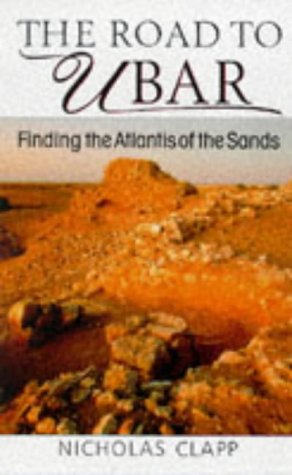What do you think?
Rate this book


348 pages, Hardcover
First published January 1, 1998
"Well, look at that," said Bob. What remained on his monitor was a thin black line that arced up across the screen and led off into the dunes of the Rub' al-Khali.
We took turns, like little kids, following it with our fingers.
There it was, before our eyes and in far Arabia, the road to Ubar.